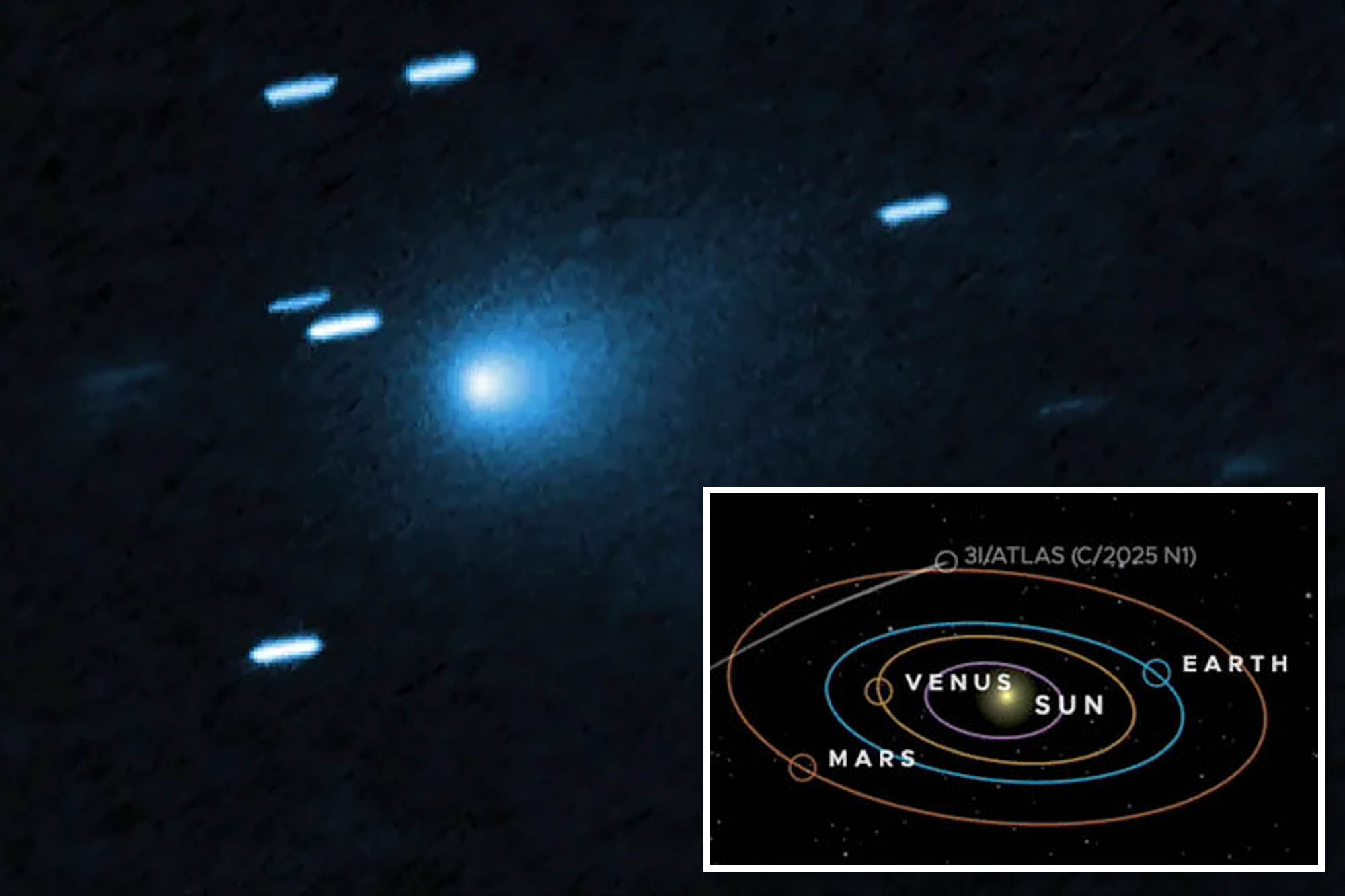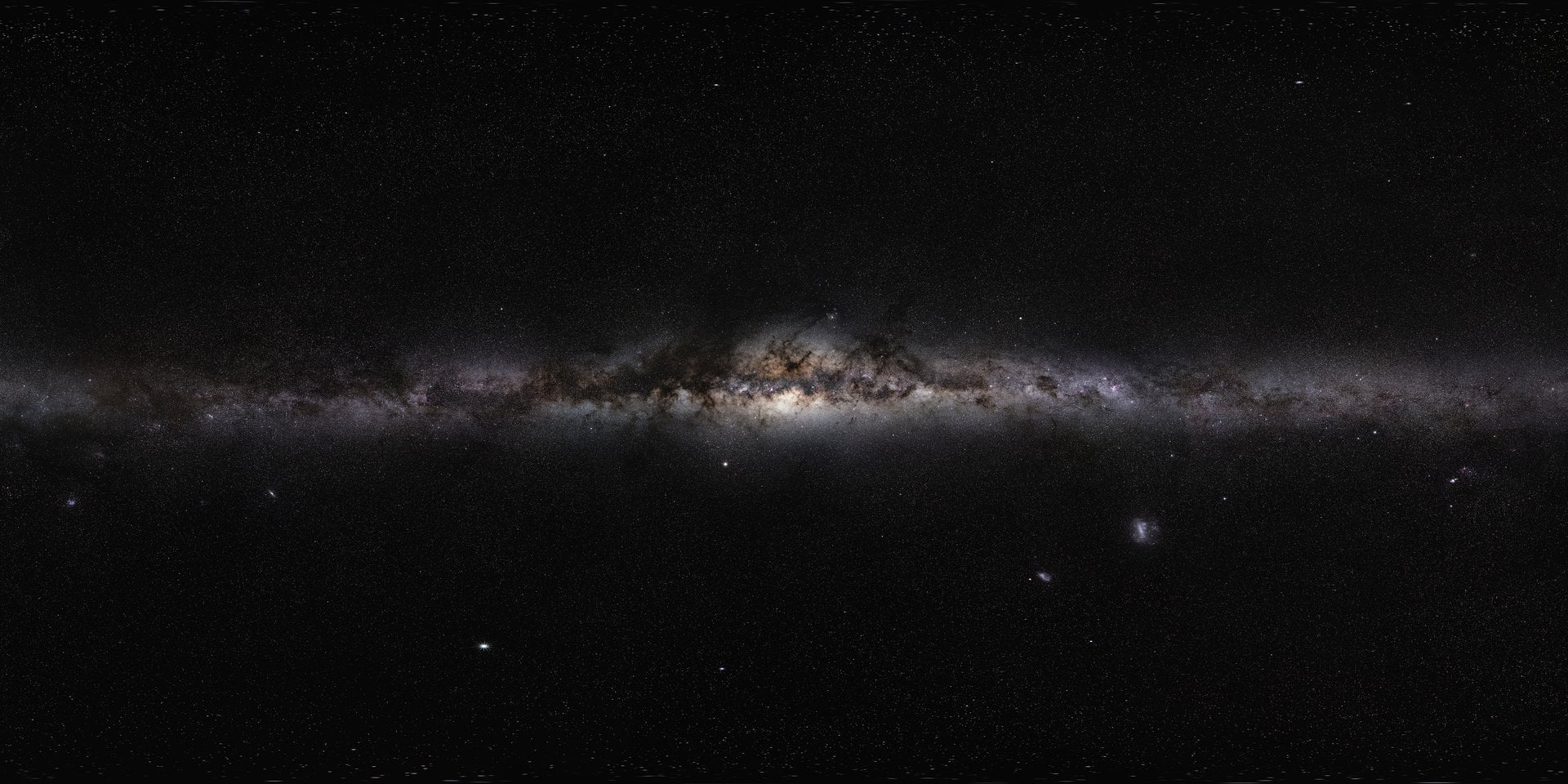The interstellar object known as 3I/ATLAS has captured significant attention following observations suggesting non-gravitational acceleration and a strikingly blue hue as it approached the Sun. These findings, reported by NASA this week, have led some scientists, notably Avi Loeb from Harvard University, to propose that the object may be indicative of advanced technology, potentially of extraterrestrial origin.
The acceleration of 3I/ATLAS, which is roughly the size of Manhattan, suggests a dramatic outgassing event, reminiscent of cometary behavior. If this hypothesis holds true, the object could lose up to half of its mass and produce a significant trail of debris in the coming months. In a recent post on Medium, Loeb indicated that the object’s unusual characteristics could imply the presence of an artificial propulsion system. He stated, “This might also explain the report on 3I/ATLAS getting ‘bluer than the Sun.’”
Earth-based telescopes were unable to directly observe the interstellar visitor during its closest approach to the Sun, approximately 172 million miles away. However, several solar-orbiting spacecraft managed to collect data, revealing a “rapid brightening” and a distinct blue appearance in contrast to earlier observations, which noted a reddish and subsequently greenish hue. According to a study by the US Naval Research Lab, this shift in color is unexpected and could provide essential clues about the object’s nature.
The closest approach of 3I/ATLAS to Earth is anticipated on December 19, 2023, when it will pass at a distance of about 167 million miles. This event will offer researchers their best opportunity to determine whether the object is a comet or something more technologically advanced. Loeb remarked, “If we do not observe a massive cloud of gas around 3I/ATLAS in December, it could be an indicator of a propulsion system.”
Despite the excitement surrounding these findings, NASA’s Acting Administrator, Sean Duffy, sought to alleviate concerns about potential threats posed by the object. In a statement on social media, Duffy noted, “NASA’s observations show that this is the third interstellar comet to pass through our solar system. No aliens. No threat to life here on Earth.” His comments were made in response to inquiries from the public, including notable figures.
The issue of transparency has also emerged, particularly regarding images captured by the Mars Reconnaissance Orbiter’s HiRISE camera during its close pass to Mars in early October. Sources indicate that these images may not be released until after the government reopens, causing frustration among some scientists who are eager for more data.
As the scientific community continues to analyze the unusual features of 3I/ATLAS, the debate over its origin and nature intensifies. Whether it represents a natural phenomenon or something more enigmatic remains to be seen, but the upcoming pass near Earth will undoubtedly provide valuable insights into this intriguing interstellar visitor.







